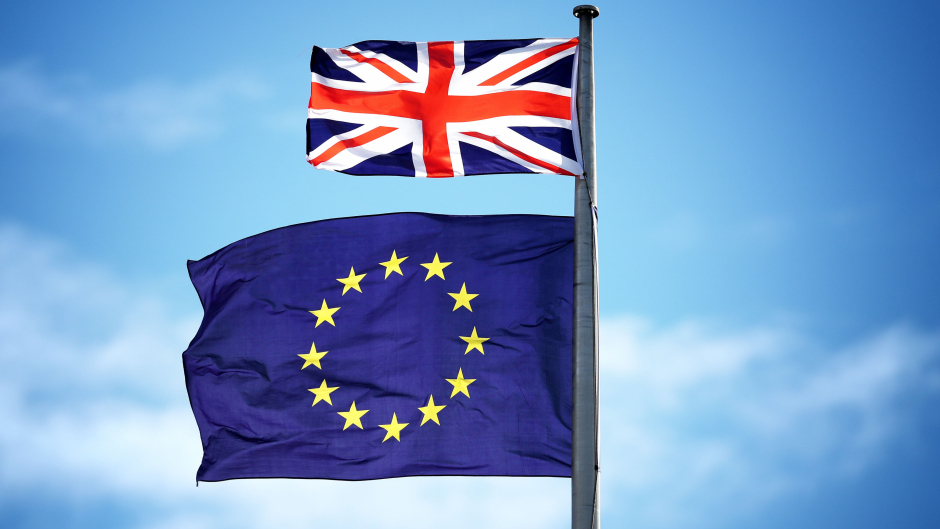
THE exact amount of money the UK sends to the European Union was one of the biggest issues of the 2016 referendum campaign.
The Leave campaign attracted criticism for printing a slogan on the side of its battlebus that said: “We send the EU £350 million a week.”
Supporters of the Remain campaign said the figure was misleading as it did not take into account the money the UK receives from the EU in the form of a rebate, as well as payments made to the public sector.
Figures published by the Treasury suggest the UK made a net contribution to the EU of £8.1 billion in 2016/17 – roughly £156 million a week.
This was the lowest level since 2011/12 and down just over a quarter on the figure for 2015/16, when adjusted for inflation.
The net contribution is not quite the same as money “sent” to the EU, however.
The UK’s contribution to the EU budget in 2016/17, before the application of the rebate, totalled £16.9 billion or around £325 million a week.
But, as the UK Statistics Authority pointed out during the referendum campaign, the Treasury pays the UK’s contributions to the EU after deducting the value of the rebate.
The rebate in 2016/17 was £4.8 billion. Subtracting this from the original figure gives a total of £12.2 billion, or roughly £235 million a week.
A further subtraction of the EU’s payments to the UK public sector gives the final figure of £8.1 billion, or about £156 million a week.
The precise amount of money the UK sends to the EU is difficult to calculate.
European Union payments that are made directly to the private sector, such as universities and research organisations, are not included in the Treasury’s figures and therefore not reflected in the estimate of £156 million a week.
An analysis published earlier this month by the House of Commons Library said that UK organisations receive around £1 billion to £1.5 billion a year directly from the European Commission.
This includes funding for research and innovation as part of the Horizon 2020 programme, and money for education, training, youth and sport through the Erasmus+ scheme.

Enjoy the convenience of having The Sunday Post delivered as a digital ePaper straight to your smartphone, tablet or computer.
Subscribe for only £5.49 a month and enjoy all the benefits of the printed paper as a digital replica.
Subscribe